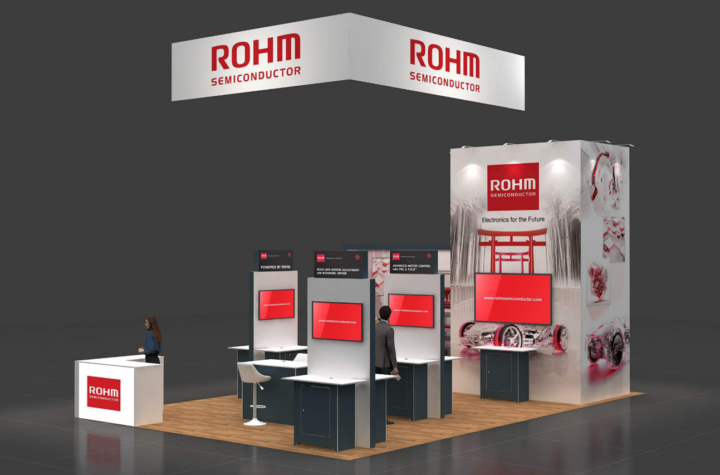
In January 2013, Daimler, Ford Motor Company and Nissan Motor Co. (through its alliance with Renault) signed a unique three-way agreement for the joint development of common hydrogen fuel cell system. The goal of the collaboration is to jointly develop a common fuel cell electric vehicles or FCEV system while reducing investment costs associated with the engineering of the technology, and deriving efficiencies through economies of scale. It will help to launch the world’s first affordable, mass-market FCEVs as early as 2017.
Together, Daimler, Ford and Nissan have more than 60 years and more than 10 million km of experience developing FCEVs. The partners plan to develop a common fuel cell stack and fuel cell system that can be used by each company for differentiated and separately branded FCEVs. “We are convinced that fuel cell vehicles will play a central role for zero-emission mobility in the future,” said Prof Thomas Weber, Member of the Board of Management of Daimler, Group Research & Mercedes-Benz Cars Development. “Working together will significantly help speed this technology to market at a more affordable cost to our customers,” added Raj Nair, group vice president, Global Product Development, Ford Motor Company. “The resulting solution will be better than any one company working alone.”
Automotive Industries (AI) asked Takuya Hasegawa, Senior Innovation Researcher at the Nissan Research Center, what developments and solutions of fuel cell systems have the most potential to lower emission and the consumption of fossil fuel.
Hasegawa: There is no emission from the tail pipe of fuel cell systems. In terms of emission and the consumption of fossil fuel, it is rather related to hydrogen production/delivery not fuel cell systems.
AI: What are better, lighter and smarter materials and components to improve fuel cell systems and which saving potentials exist?
Hasegawa: The fuel cell efficiency is determined by the electro-chemical reaction and the fluid dynamics. Catalysts and a gas diffusion layer (GDL) are the typical components. Development is focusing on the GDL.
AI: How does Nissan address the challenges of fuel consumption while maximizing the functionality, durability and reliability?
Hasegawa: In terms of fuel consumption, over voltages need to be managed carefully. For durability and reliability, well-designed software which allows us to use “the safe window’ is important. At the same time, many efforts of material improvement are underway to widen the safe window and reduce the fuel cell system cost. In terms of the functionality, everything is at the level of commercialization. In other words, it is almost similar to ICEVs.
AI: How does the on-board hydrogen storage system have on the chassis design of the car?
Hasegawa: Only a high pressure H2 tank is feasible from a practical point of view. While the shape cannot be as flexible as gasoline tanks, greater flexibility will be available in future.
AI: How do you evaluate the outlook and expectations concerning automotive fuel cells as a clean and safe transport solution?
Hasegawa: Hydrogen is very safe, and H2 is by its nature clean. It can be produced using renewable electricity. However, special and careful efforts need to be paid to facilitate the birth of FCEV industry. We will focus on these in our market development workshops.





More Stories
Bangkok International Motor Show 2025 – The Talk of Sensuous Automotive
Earn GHG reduction values through MOL Pure Car Carrier “Book and Claim (B&C)” service
Dry silicon composite by Blue Current is the next generation of battery technology